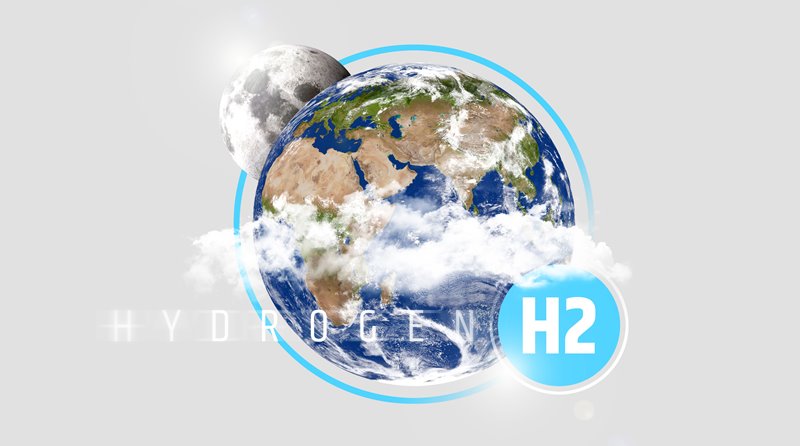Hydrogen
Technology Assessment
Bantrel continues to evaluate and monitor techno-economics of hydrogen technologies. We have evaluated the technical merits of three principal hydrogen technologies, as well as having undertook a benchmarking effort to determine the relative CAPEX and OPEX costs of the technologies for different sizes of facilities. This allows us to more efficiently support our clients in selecting the most suitable technology for their project and allows Bantrel to more effectively engage technology licensors that represent the best fit for the project.
Hydrogen Market
Hydrogen remains the most abundantly available and commonly known element in the universe and will be a game-changer by being the source of cleaner power (zero-emission fuel) on a massive scale. Hydrogen is light, storable, energy-heavy, and does not produce direct carbon emissions or greenhouse gases (GHG). Hydrogen is crucial for the transition to clean energy, with increase in its use in sectors such as transportation, building, and power generation. Interest in the use of hydrogen technology is increasing in a range of niche transport market segments, besides other applications.
Countries worldwide are accelerating the development and use of hydrogen technology to tackle environmental concerns and enhance energy security. Hydrogen technology has the capability to serve as a long-term, large-scale, clean energy storage medium that aids power generation from renewable sources. Canada has an ambitious hydrogen strategy to help achieve net zero goals with numerous pathways to development funding.
Hydrogen Liquefaction
From our experience in the LNG sector, Bantrel and Bechtel have developed a close partnership with many leading suppliers—including for cold boxes—who are now developing their hydrogen liquefaction technology from pilot-size to full-scale. Through our relationshps with them, and experience in using their products, we are well positioned to deploy and integrate their technology in our future LNG facility designs.
Hydrogen Technology
Bantrel moves toward achieving hydrogen solutions through multiple means: the support of subject matter experts with decades of experience, the integration of hydrogen technology into brownfield or greenfield designs, and the ability to leverage off the extensive global reach of our major shareholder in order to help Clients navigate opportunities across the supply chain.
Learn MoreHydrogen Challenges
Bantrel understands that transition to hydrogen is not without challenges. A keen history of overcoming these obstacles, in the face of emerging technologies and understanding the challenges associated with hydrogen, are key to evaluating the feasibility of and determining the best solution for a project.
Efficiency
The energy required to retrieve and store hydrogen is an issue for reversible solid-state materials. Life-cycle energy efficiency is also a challenge for chemical hydride storage, in which the byproduct is regenerated off-board. In addition, the energy associated with compression and liquefaction must be considered for compressed and liquid hydrogen technologies.
Electrolyzer Scale Up
The challenge lies in recognizing small-scale hydrogen electrolyzers at a larger, scaled-up capacity. The capital expenditure can be reduced by designing larger-size electrolyzer modules and by scaling up as the demand grows, exponentially.
Point-of-Use Standards
Challenges occur at the Point-of-Use: household appliances would need to be redesigned to new standards that are safe for hydrogen mixtures and; industrial sites would also need additional pressurization and compression equipment for inlet pipes containing hydrogen gas. Vendors are working on turbine modifications to handle mixtures of hydrogen and natural gas, and eventually pure hydrogen.
Hydrogen Embrittlement
Material engineers have contended with the issue for decades. If steel manufacturing processes are not finely controlled, then the introduction of hydrogen atoms can make the steel more brittle. The risk extends to merely transporting hydrogen through steel pipelines, which can absorb hydrogen over time.
